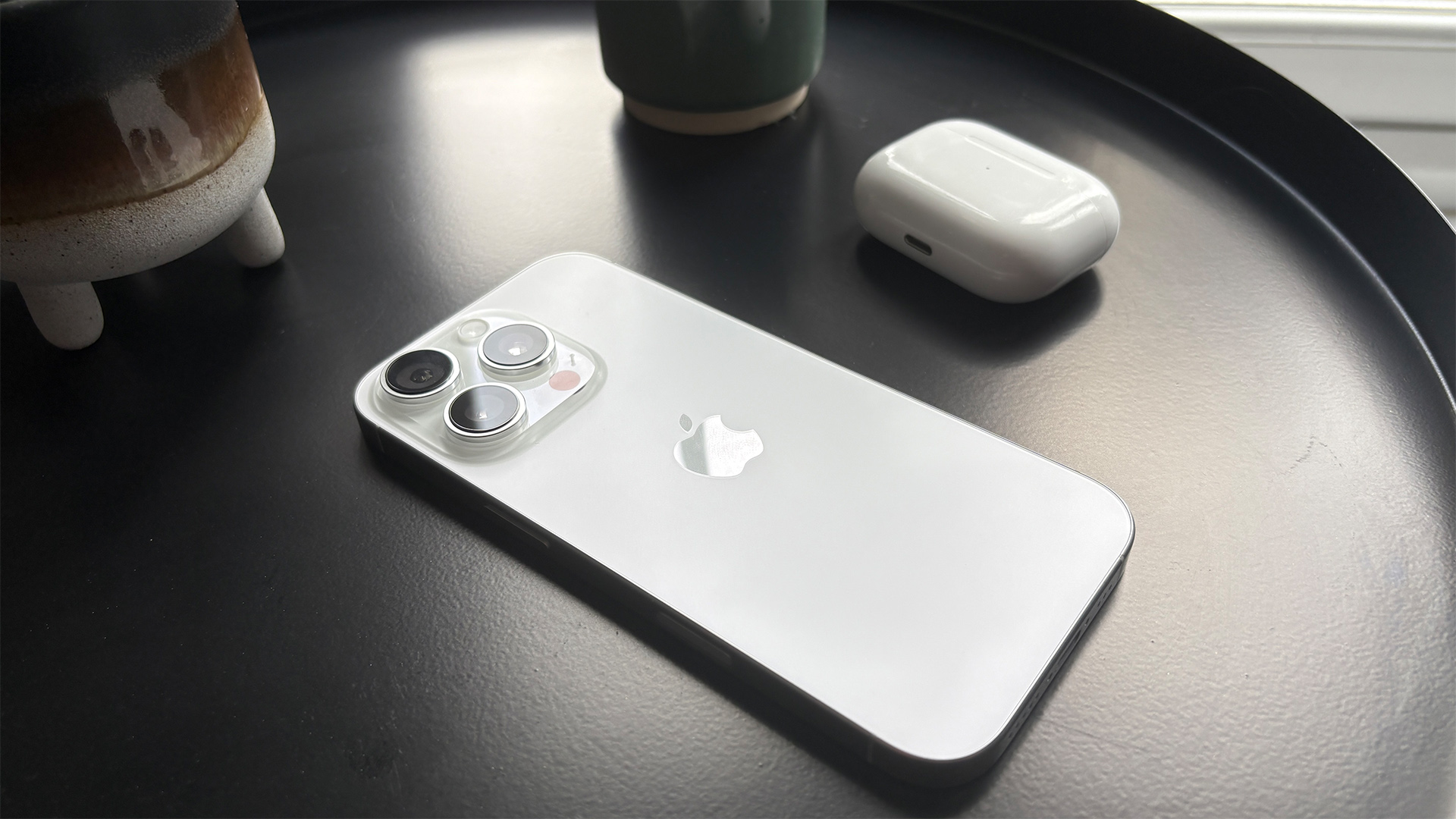What Hi-Fi? Verdict
For those looking to leap from a budget Blu-ray deck to the next level, the 751BD is a great option
Pros
- +
Very good 2D/3D Blu-ray pictures
- +
fine DVD upscaling
- +
authoritative sound
- +
solid specification including two HDMI outputs
Cons
- -
Appearance is a tad ordinary
- -
bass can sound overbearing
Why you can trust What Hi-Fi?
Cambridge Audio now has a new Blu-ray player vying for your attention. The 751BD is twice the price of its cheaper 650BD sibling, but if it's twice as good, we could be in for a real treat.
Despite not quite looking like the money's worth, the player feels weighty and has been engineered to a high standard. The chassis is new and has been acoustically damped to minimise the effects of external vibrations.
As for connectivity and features, Cambridge has left little to chance. The 751BD handles 2D and 3D Blu-rays as well as SACDs and DVD-Audio discs, if you happen to have any.
Twin HDMI outputs
In contrast to its cheaper sibling, you're also blessed with twin HDMI outputs so you can connect to two different displays or bypass older home cinema amps incompatible with 3D video signals.
Owners of older amps with no HDMI inputs will welcome a set of multichannel analogue audio outputs. A pair of dedicated phono outputs handle two-channel playback.
There's 1GB of internal storage, plus wired and wireless internet connectivity are catered for – the player comes equipped with an ethernet socket and a wireless USB dongle in the box.
The remote control is a long, slender affair similar that supplied with Cambridge Audio's other electronics. The on-screen menus are clear and easy to follow and the player responds well to a gentle prod.
Unfortunately there's no backlight and all the key buttons being a similar size makes operating in the dark a bit tricky.
The twin USB inputs are compatible with a wide range of media files including AVI, MKV, XviD, and uncompressed FLAC and WAV. The inclusion of an eSATA input is rare, but welcome as it allows you to connect a wider range of compatible storage devices.
High-grade components
Inside the player, Cambridge has gone for high-grade components for both the video and audio processing.
There are not one, but two video engines under the bonnet. Marvell's QDEO scaler handles the video coming out of the main HDMI output (HDMI 1) while a Mediatek chipset handles the second (HDMI 2).
Each chipset offers picture adjustment to varying degrees, most useful when the player's handling a standard-defintion DVD disc.
For the sonic side of things there's plenty for the user to take in. The 751BD uses Wolfson DACs, similar to those found in the DACMagic and Azur 740C CD player.
These come into play when you're listening over any of the analogue outputs, as does Anagram Technology's Q5 DSP, which upsamples tracks to 24-bit/192kHz.
Pure Audio Mode for stereo
There's an additional Pure Audio Mode selectable via the remote, which switches off all video processing to help provide a cleaner sound.
Finally, there are three different filter settings (linear, minimum and steep) to choose from so the user can subtly tweak audio performance even further.
So what does all this add up to? Well, kick things off with the soundtrack CD to The Dark Knight, and the 751BD wastes no time flexing its muscles.
Detail levels are impressive, as is the sheer amount of weight and power unleashed by the player, even if the apparent emphasis on low frequencies could be a little overbearing for some.
We found having Pure Audio turned on and the filter set to linear produced the clearer, better balanced sound.
Excellent picture quality
Switch to the player's HDMI output and the DTS-HD Master Audio soundtrack of Michael Jackson's This Is It and the player hits you with meaty bass lines and drum kicks.
Picture quality is up there with the best machines at this price too. Once a disc is loaded (the Cambridge is no slouch where loading times are concerned) 2D and 3D images display a real sense of sharpness and clarity.
Avatar viewed through the HDMI 1 output produces a detailed, defined image, where the edges of foreground characters are confidently drawn. Colours are bright and punchy without overstepping the mark.
Feed Avatar through the HDMI 2 output and images appear more subdued, lacking the same level of vividness and sharpness. The 3D effect loses some of its impact too.
With a DVD in the disc drawer, the 751BD performs admirably. The Marvel scaler operating through HMDI 1 does a great job of smoothing out rough edges and limiting the intrusion of nasty digital noise.
We found that using the scaler's lowest noise reduction and sharpness settings could bring a little extra definition and solidity to the image too.
Cambridge has taken what the company achieved with the 650BD and evolved this into a new machine packed with ability.
See all our Blu-ray player Best Buys
What Hi-Fi?, founded in 1976, is the world's leading independent guide to buying and owning hi-fi and home entertainment products. Our comprehensive tests help you buy the very best for your money, with our advice sections giving you step-by-step information on how to get even more from your music and movies. Everything is tested by our dedicated team of in-house reviewers in our custom-built test rooms in London, Reading and Bath. Our coveted five-star rating and Awards are recognised all over the world as the ultimate seal of approval, so you can buy with absolute confidence.


